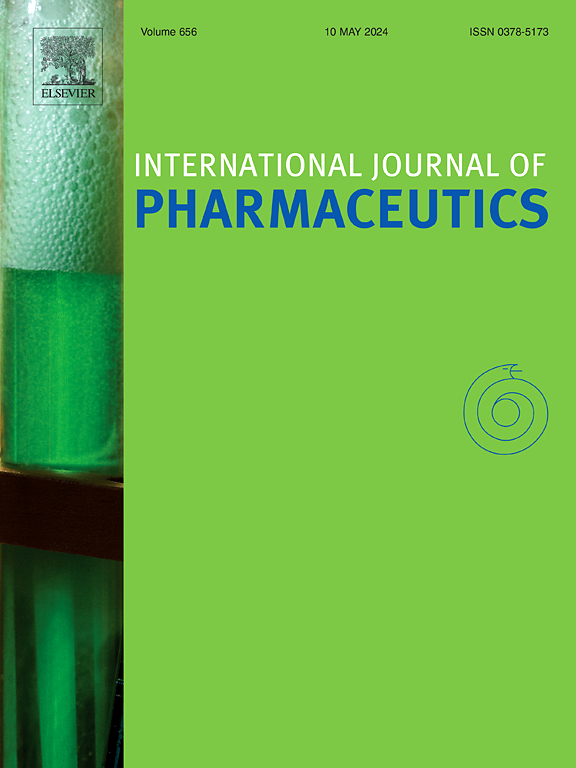Aging-induced microstructural evolution in risperidone loaded PLGA microspheres
IF 5.3
2区 医学
Q1 PHARMACOLOGY & PHARMACY
引用次数: 0
Abstract
This study demonstrates the application of innovative imaging-based characterization techniques to quantify structural changes as a function of ageing for poly (lactic-co glycolic acid) (PLGA) microspheres. Aging of polymers can potentially alter the performance of polymer-based therapeutics and therefore an understanding of the impact of aging on microsphere structure is important. Correlative focused ion beam scanning electron microscopy (FIB-SEM) and X-ray microscopy (XRM) were used to quantify the change in structural critical quality attributes (CQAs) of risperidone loaded microspheres at the single microsphere scale and overall batch scale. One batch of microspheres was aged one year beyond its shelf life while the other batch was within its shelf life, providing a robust comparison between an aged and fresh sample. Comparison of the aged and fresh microspheres revealed an increase in porosity and pore size following aging at the nanoscale, anticipated with physical relaxation of the PLGA. A novel XRM-based method to determine the material density of the microsphere batches was employed to assess the batch level changes induced by aging. A decrease in density in the aged microsphere batch was observed, that was consistent with the porosity increase seen in the FIB-SEM study. These results reveal aging produces an increase in porosity through polymer relaxation that widens the existing pores within the microspheres. The increased porosity was correlated to the in vitro release performance of the two microsphere batches, providing a novel method to assess the impact of polymer aging on the downstream performance of PLGA microsphere systems.

利培酮负载PLGA微球老化诱导的微观结构演变。
本研究展示了创新的基于成像的表征技术的应用,以量化作为老化函数的聚乳酸-羟基乙酸(PLGA)微球的结构变化。聚合物的老化可能会改变聚合物治疗药物的性能,因此了解老化对微球结构的影响是很重要的。采用相关聚焦离子束扫描电镜(FIB-SEM)和x射线显微镜(XRM)定量分析了负载利培酮微球在单个微球尺度和整体批量尺度上的结构临界质量属性(CQAs)变化。一批微球陈化超过保质期一年,而另一批在保质期内,提供了陈化和新鲜样品之间的有力比较。老化微球和新鲜微球的比较表明,在纳米尺度上老化后,孔隙率和孔径增加,这与PLGA的物理松弛有关。采用一种新的基于xrm的测定微球批次材料密度的方法来评估老化引起的批次水平变化。在老化的微球批次中观察到密度下降,这与FIB-SEM研究中看到的孔隙率增加一致。这些结果表明,老化通过聚合物弛豫导致孔隙度增加,从而扩大了微球内现有的孔隙。孔隙度的增加与两批微球的体外释放性能相关,为评估聚合物老化对PLGA微球体系下游性能的影响提供了一种新的方法。
本文章由计算机程序翻译,如有差异,请以英文原文为准。
求助全文
约1分钟内获得全文
求助全文
来源期刊
CiteScore
10.70
自引率
8.60%
发文量
951
审稿时长
72 days
期刊介绍:
The International Journal of Pharmaceutics is the third most cited journal in the "Pharmacy & Pharmacology" category out of 366 journals, being the true home for pharmaceutical scientists concerned with the physical, chemical and biological properties of devices and delivery systems for drugs, vaccines and biologicals, including their design, manufacture and evaluation. This includes evaluation of the properties of drugs, excipients such as surfactants and polymers and novel materials. The journal has special sections on pharmaceutical nanotechnology and personalized medicines, and publishes research papers, reviews, commentaries and letters to the editor as well as special issues.

 求助内容:
求助内容: 应助结果提醒方式:
应助结果提醒方式:


